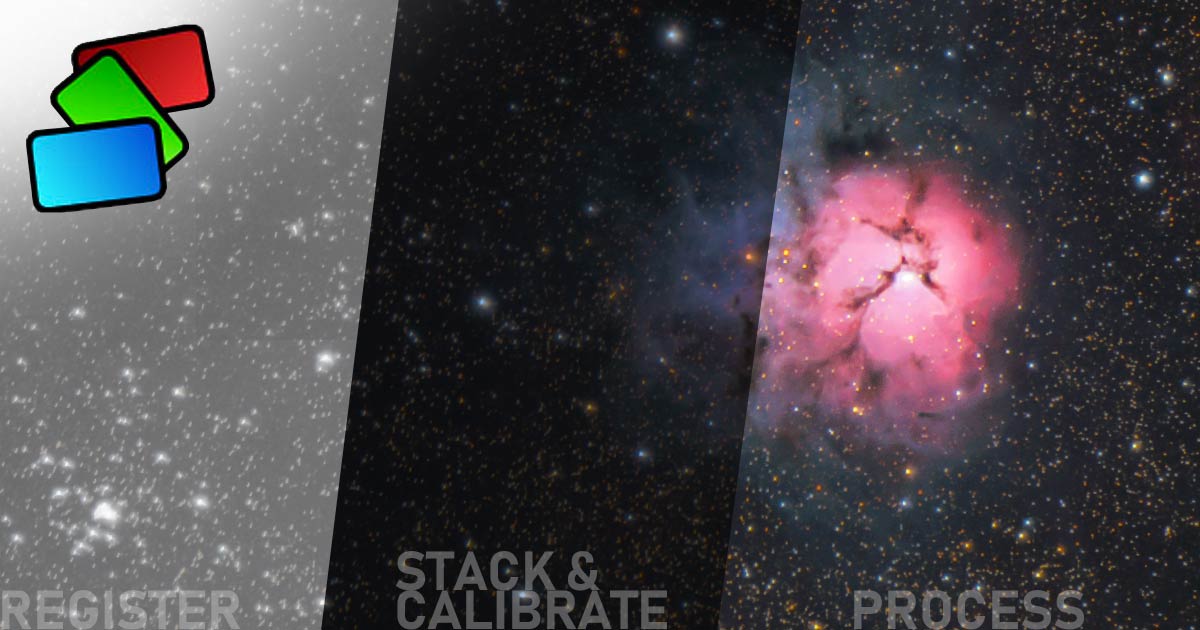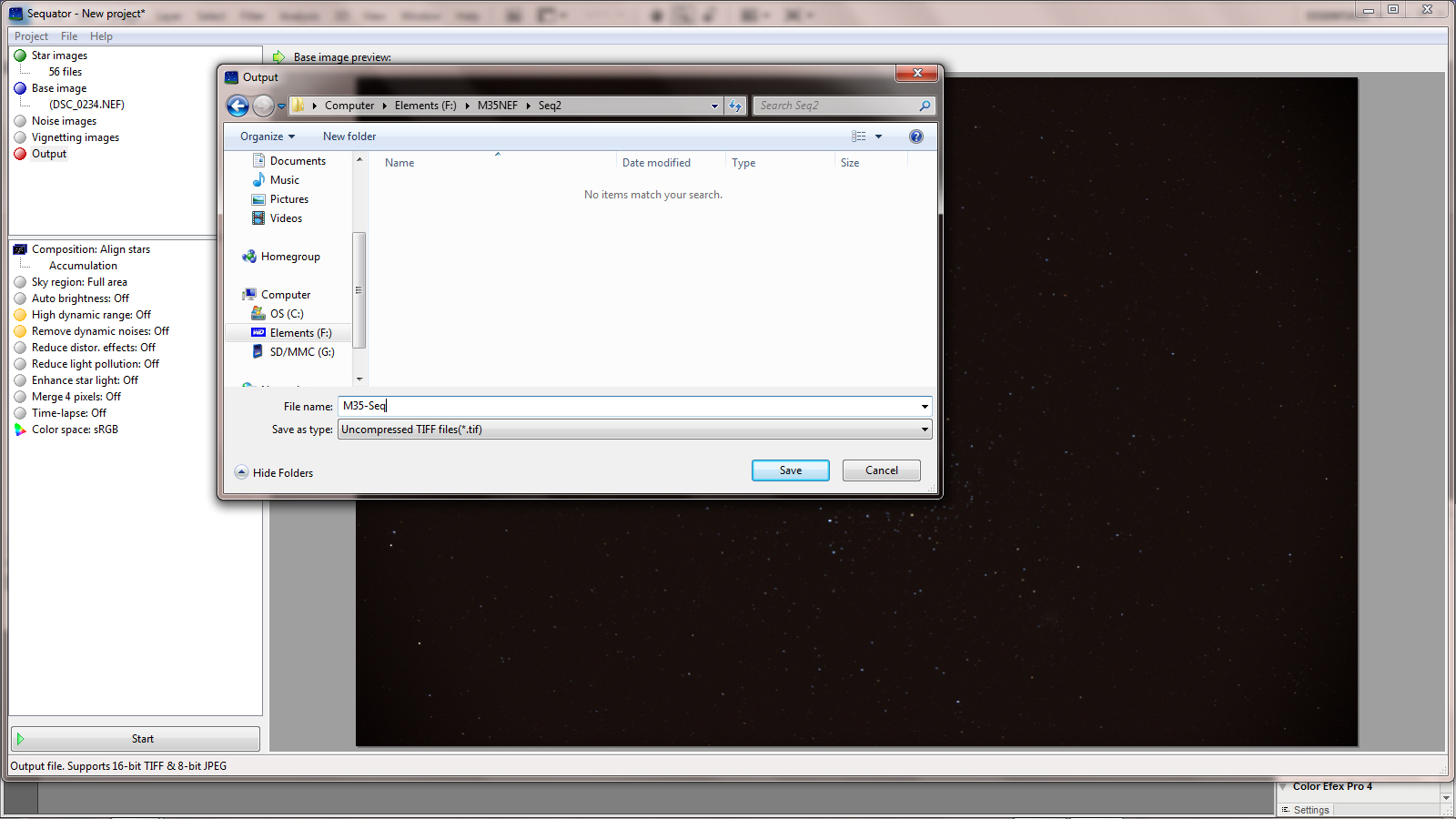
This is how I captured the image of the Whirlpool galaxy on the right.Free DeepSkyStacker homepage. 60mm Guide Scope Guiding cameras: QHYCCD QHY5III178M Software: Adobe Lightroom.Nightscape and Astrophotography Image ProcessingYou can save the data to your computer from each night's work and then combine the different stacked images from several nights using a free star stacking software program called Deep Sky Stacker (explained in greater detail below). Good stacking software will save copies of your photos once its aligned them so you can play with them in Photoshop if you want to by opening all the photos as layers.If you save as FITS you can open the stack with Deep Sky Stacker in a few. First it aligns all the photos so that the stars are in the same place. The software is doing a few tasks that you can do by hand, but its incredibly tedious.
Star Stacker Software Download Star Trail
1c) Characteristics of Best Digital Cameras and Lenses for Nightscape and Astro Photography 1a) Nightscape Photography with Digital Cameras 002) Beginning Astrophotography: Star Trails to Nightscape Photography This article introduces the work flowAnd provides little known secrets for success. Unzip the file, it contains a photoshop script (startrailstackerbyflorisv0.X.jsx), instructions, and license Note: there are two versions of the script, one preserves the layers, the other outputs a flattened imageIs more complex than done with typical daytimeYou will end up with more noise in exposures, but by using software to stack, align and average the exposures you will obtain pinpoint stars and very low.Photography. Nightscape and Astrophotography post processing work flowDownload star trail stacking script (free) Version 0.21 - updated - see below for details Instructions for use: 1.
2d1) Verifying Natural Color in Night Sky Images and Understanding Good Versus Bad Post Processing 2c) The Color of Nebulae and Interstellar Dust in the Night Sky 2a1) Blue Lions on the Serengeti and Natural Colors of the Night Sky 1f) A Very Portable Astrophotography, Landscape and Wildlife Photography Setup 1e) Nightscape Photography In The Field Setup
3a3) Astrophotography Post Processing with RawTherapee 3a2) Night Photography Image Processing, Best Settings and Tips 3a1) Nightscape and Astrophotography Image Processing Basic Work Flow (YOU ARE HERE) 2g) The True Color of the Pleiades Nebulosity 2f) True Color of the Trapezium in M42, The Great Nebula in Orion 2e) Verifying Natural Color Astrophotography Image Processing Work Flow with Light Pollution
3f3) Messier 22 + Interstellar Dust Image Stretching with the rnc-color-stretch Algorithm 3f2) Messier 8 and 20 Image Stretching with the rnc-color-stretch Algorithm 3f1) Advanced Image Stretching with the rnc-color-stretch Algorithm 3e) Image Processing: Stacking Methods Compared 3d) Image Processing: Zeros are Valid Image Data

There are several key stepsThat can substantially improve the result. Recommended Cameras and My Gear List for PhotographyBelow I outline the general work flow for processing nightscapeAnd deep sky astrophotography images. Clark.If you find the information on this site useful,Please support Clarkvision and make a donation (link below). 8a) Software for nightscape and astrophotographersImage sharpening with Adaptive Richardson-Lucy DeconvolutionDownsize and Color Space for Web and PrintingAll images, text and data on this site are copyrighted.They may not be used except by written permission from Roger N. 7c) Technology advancements for low light long exposure imaging 7b) On-Sensor Dark Current Suppression Technology
I think it is very good, but hope I want to be clear: I am not claiming this is the only way,Or the best way. There are several factorsFor this.
3) I use a modern workflow that breaks from traditional linear processing.This greatly simplifies the work flow while producing a better result. 2) I use low noise cameras with low dark current. Hint: smallerPixels generally have lower dark current, so there is a scientific basis. See Part 1cFor more details of this out of the box concept.

At upper right is the Great Andromeda galaxy, M31, made with theHere is my current astrophotography workflow (2016) At right is theImage of the nebula in the sword of Orion, M42, made with the 300 mm and the Canon 7D2.Top center is the Whirlpool galaxy, M51, made with a 300 mm f/2.8 + 1.4x teleconverter(420 mm) and 7D2. At center,Above the mountains is the core of the Milky Way galaxy. All the other deep sky images were made with a stockCanon 7D Mark 2 digital camera, and Canon 300 mm f/2.8 lens. The Milky Way nightscape was made with a Canon 6D + Sigma Art35 mm f/1.4 lens.
Use image editors and software thatSupports the higher bits. 32-bit floating point).DO NOT work with 8-bits/color data. Work only with 16-bits/color data or better (e.g. See details below and Part 3c for raw converter settings.Raw output is a 16-bit tiff in Adobe RGB color space.
I have DSS write out the aligned files of each image to be stacked.In DSS, settings, under the alignment tab, check the box:Create a registered/calibrated file for each light frame.Sometimes DSS does not align well. DSS does some strange calibrationOn the staked image, making it very difficult to make nice color images with decentContrast. Often I turn onThe 2x drizzle which improves stacked resolution but file sizes grow by 4 times.I do NOT use the final stacked image from DSS. I usually use Deep Sky Stacker, DSS (free software).
Follow my guide in Part 3c if stretching by hand.Any image editor with a curves tool and 16-bits/channel support.Rnc-color-stretch (free open source) program.The rnc-color-stretch will get you a final or near final stretch result in many cases. Stretch, including subtract light pollution. If you obtained different fields of view with the intention of makingA mosaic, make the mosaic at this point, after stacking and before any stretching. Or use my Davinci code (see Part 8). Stack with sigma-clipped average. Stack with maximum value to confirm alignment was accurate.
Generally, the red channel has the most light pollution,As I write this section in January 2017, it has become clear over the lastYear or so that it is common for the amateur astrophotography world toMangle colors in their astrophotos. LightPollution should be subtracted, and you can do this by moving the lowerLeft point in the curves too to the right, and moving it by differentAmounts in each color channel, thus subtracting different amounts ofLight pollution. Final image sizes and sRGB color space for web or specific printerThe basics of the effects of the curves tool are shown in Figure 1d. Image sharpening with Adaptive Richardson-Lucy Deconvolution(ImagesPlus has the best implementation of Richardson-Lucy Deconvolution that I have seen). Pushing beyond the defaultSettings in my experience produces artifacts on my images.



 0 kommentar(er)
0 kommentar(er)
